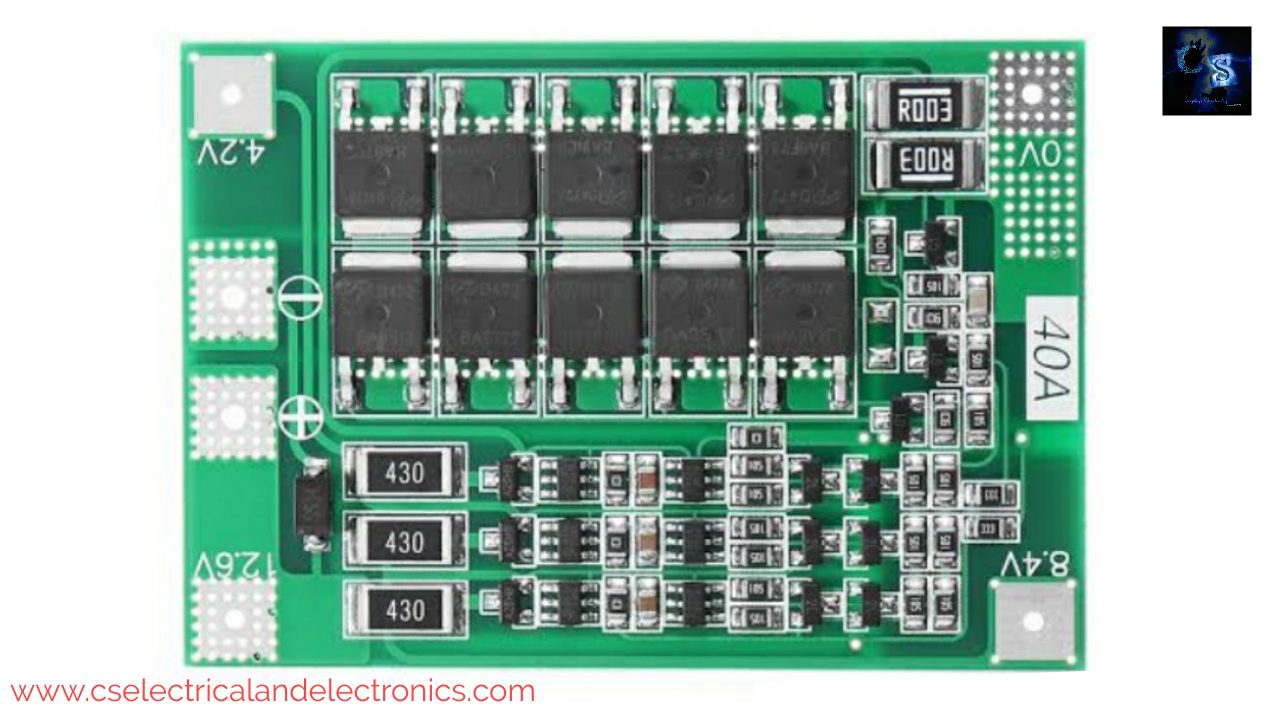What Is Battery Management System, Types, Working, Types Of BMS, Ratings
Hello guys, welcome back to my blog. In this article, I will discuss what is the battery management system, how does it work, what happens if we don’t use the system, types of BMS, ratings of BMS, and lots of things I will discuss here.
If you require an article on some other topics then comment us below in the comment box. You can also catch me @ Instagram – Chetan Shidling.
Also read – Battery Management System Questions And Answers.
What Is Battery Management System, Types, Working, Types Of BMS, Ratings
The management system is used for lithium ions batteries to save from four things such as overcharge, over-discharge, unbalance charging, and short circuit protection. For other batteries such as lead-acid battery and nickel-metal hydride battery, the battery management system is not required because those batteries can handle the overcharge, over-discharge, unbalance charging, and short circuit protection.
The battery management system does mainly four works such as to protect the batteries from overcharge, over-discharge, unbalance charging, and short circuit.
The above image is of battery management system board which consists of MOSFETS and control IC’s. The control IC’s will monitor the battery’s input and output current, voltage. While doing cut off of batteries the MOSFETS will come to work.
If the battery voltage goes out of safe then the BMS will cut off the battery and once the battery becomes stable the BMS will again take power from the battery.
Well, guys, why the BMS is required? For small projects, the BMS is not required, whereas if you are going for a car or e-bike then the management system (BMS) is required. The BMS is required for electric cars because the motor draws heavy current. If the motor draws heavy current from the battery then to protect the batteries the battery management (BMS) system is required.
Sometimes, the state of charge and voltage of each cell becomes unequal, so to make the state of charge and voltage equal, a system is required. Also, read – Active and Passive Cell Balancing.
Connections Of BMS

The negative terminal of one battery connected to “B-” and then connect the batteries in series and the positive terminal of the last battery connected to “B+” as shown in the above figure.
Types of BMS
- The BMS boards are distinguished based on features like Basic BMS provides only overcharge, over current protection and it is recommended for parallel batteries.
- The most common BMS we will see in every place.
- The advanced BMS is used in cars, laptop batteries because they provide temperature monitoring and real-time clock features.
To buy a BMS board check datasheet.
I hope this article may help you all a lot. Thank you for reading.
Also, read;
- Upcoming Technologies To Learn In The Automotive Industry To Get High-Paying Jobs
- How Is DoIP Different From CAN-based Diagnostics?
- Difference Between Domain And Zonal Architecture in Automotive: A Complete Guide
- Roadmap To Become A Successful Hardware-in-the-Loop (HiL) Engineer
- 1000+ Automotive Interview Questions With Answers

